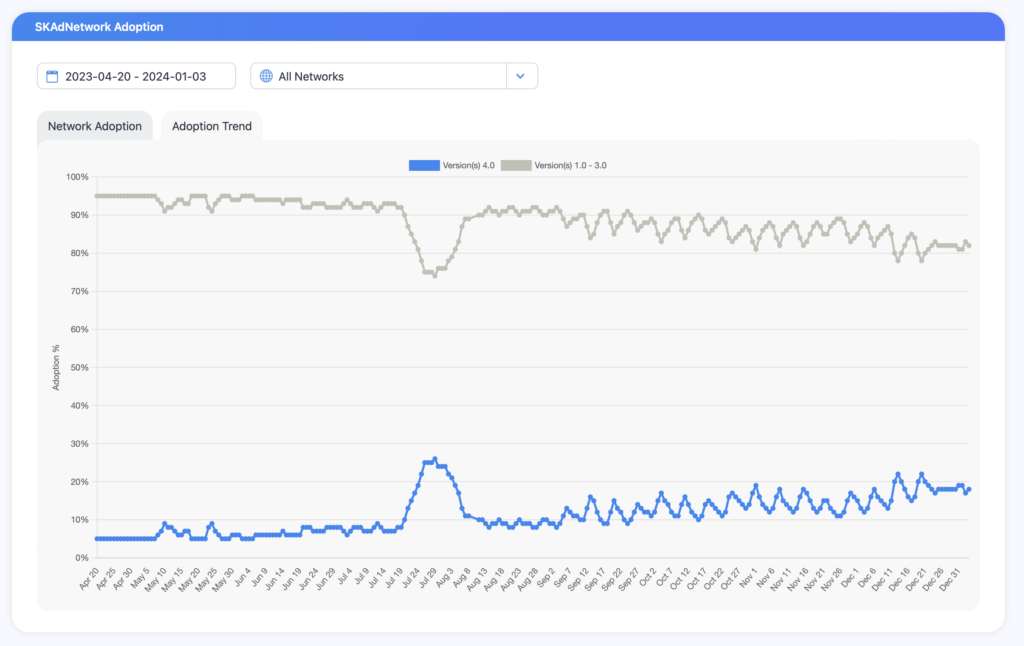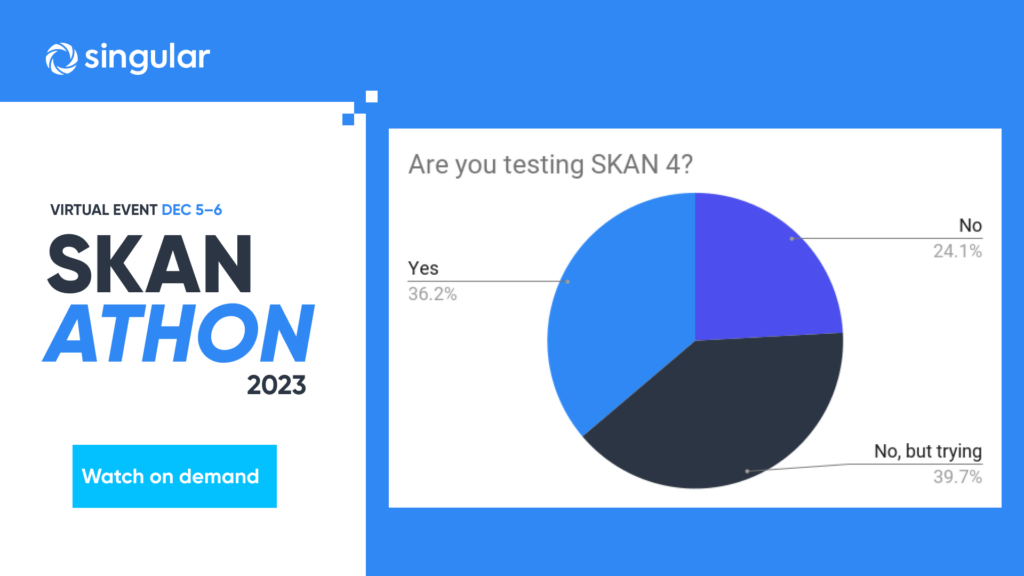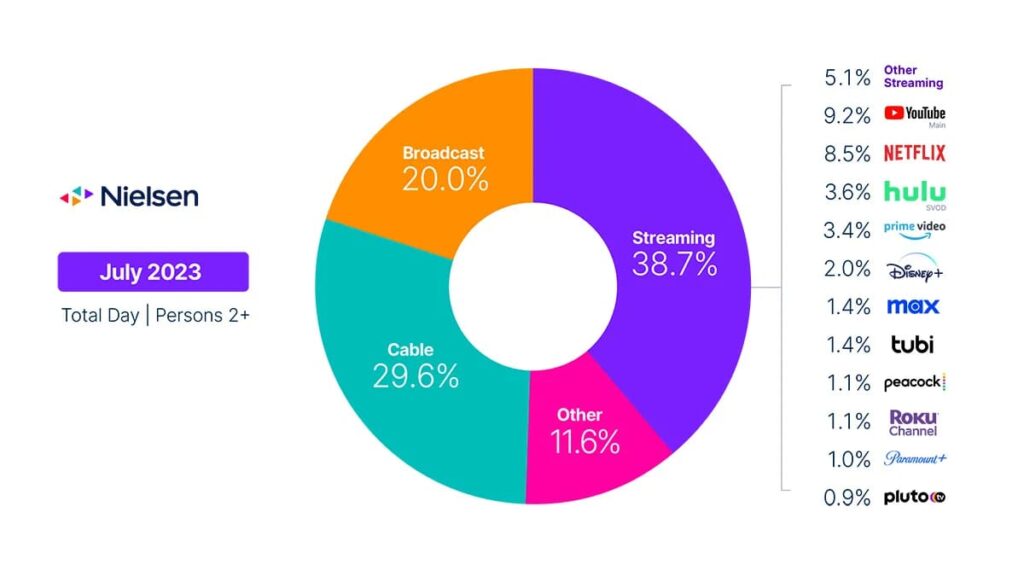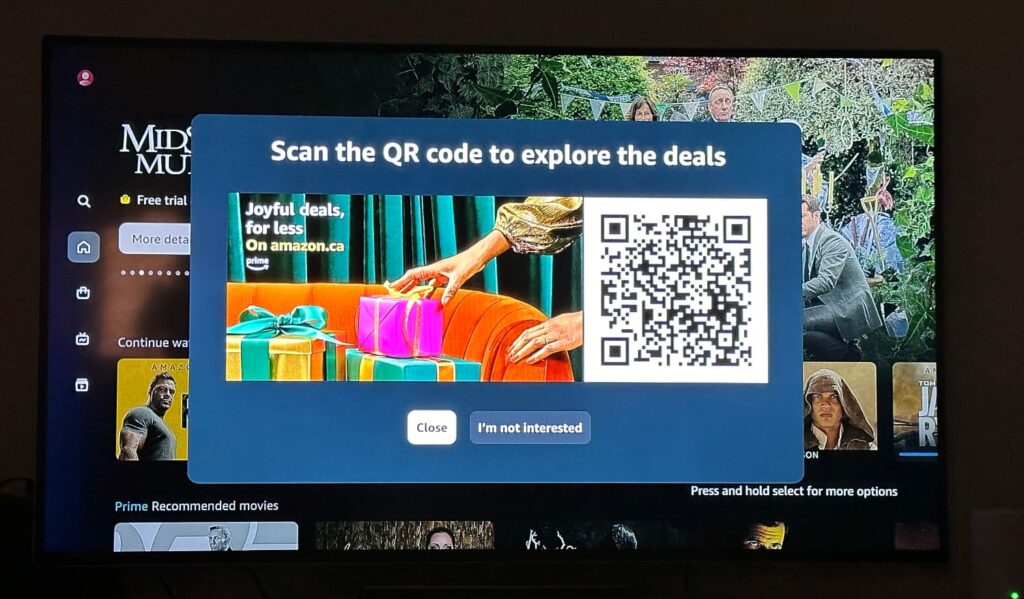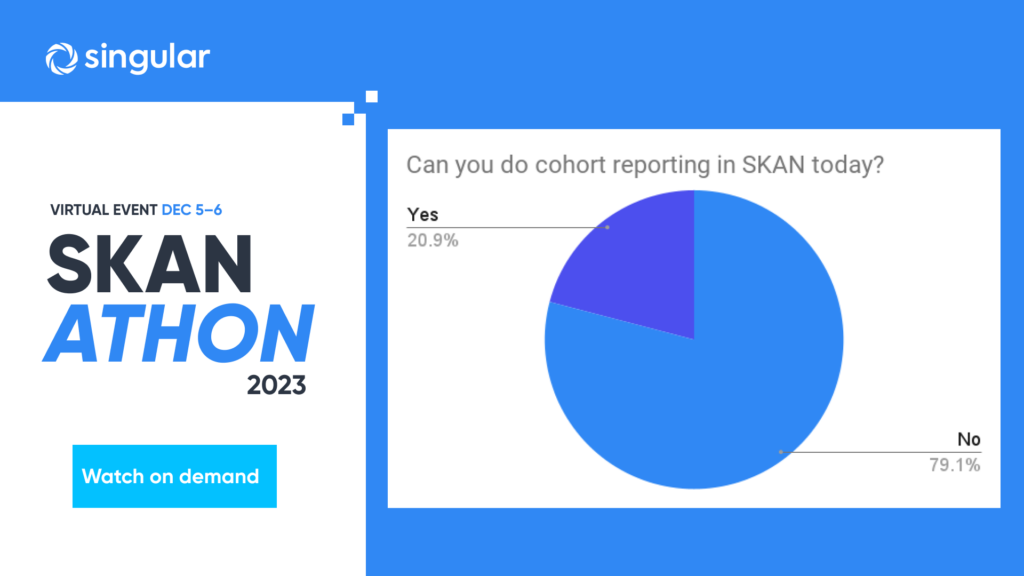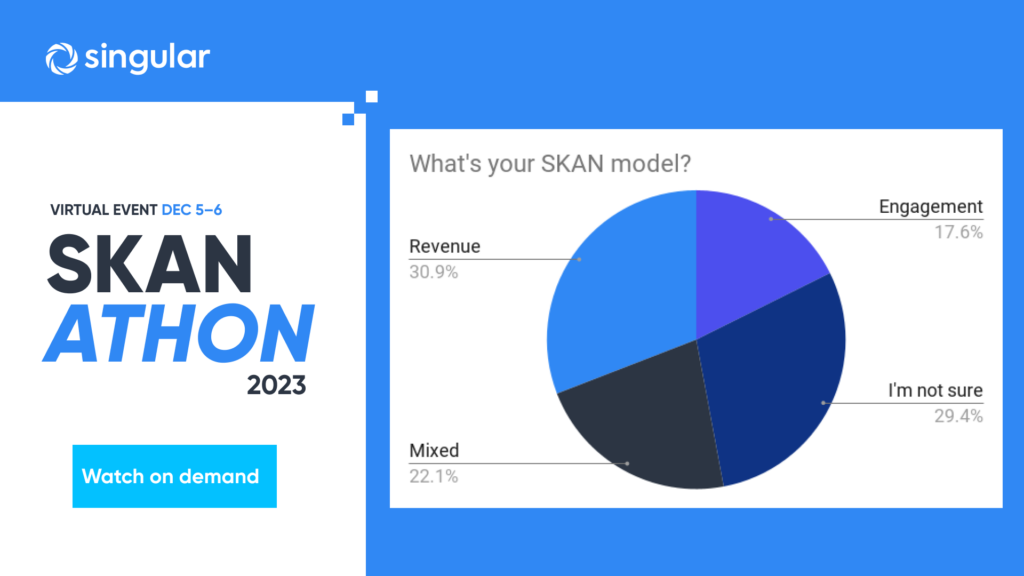How do you grow a mobile app? There’s a pretty well-known formula in the west, and it involves a lot of paid user acquisition along with some app store optimization. A well-funded new super-app for seniors in India, however, is using traditional viral marketing and offline organic growth for something different: growing in India. We recently chatted with Ayush Choudhary, a senior product manager at GenWise, to find out how.
Hit play to start the conversation, and keep scrolling:
While it’s true that there’s a pretty standard playbook for growing a mobile game, exceptional brands and marketers generally look for something different to give them an edge. For GenWise, being different is a table stakes for getting in the growth game to begin with, because their core customer demographic is barely active in digital. Plus, growing in India is just different.
But how they’re solving their growth challenges might just provide hints and tips for opportunities that other apps for different demographics in other countries could use too.
Growing in India: a different marketing strategy for a different kind of app
GenWise is an app for seniors that offers social, health, entertainment, emotional, financial, and personal assistant features. That includes AI features for conversation, real human beings who can help with technical challenges, and online social events such as yoga sessions or tech training.
The goal is helping lonely seniors with low tech literacy access services and support, bank safely, take medications when needed, and connect with others for socialization and emotional connection.
This makes GenWise tough to market: its core demographic isn’t very accessible via traditional mobile or web ads. And even if they were, their lack of technical ability could easily prevent them from successfully downloading, finding, accessing, using, and paying for a mobile app.
Which makes growing in India challenging.
The solution: organic, viral, and offline marketing
The marketing solution?
- Target seniors’ kids with digital marketing, mostly organic
- Target potential 45+ customers on Facebook, which has an older demographic
- Use viral techniques to expand reach within extended families
- Reach older seniors directly where they are: at offline community events
“There are some digital channels, like Facebook,” Choudhary told me. “However, we do a lot of physical events as well.”
That translates to awareness via Facebook, and in-personal real-world marketing at resident welfare associations: events for seniors mediated by third-party social organizations. One avenue is offering insight on a common digital senior challenge: fraud.
“We organize events where we tell people how do you protect yourself against … frauds and scams,” says Choudary. “These are very informative, educational sessions, and those have also worked out very well for us in terms of getting user traction and getting people to come on the app and use it, because we have all those services on how to protect yourself on the app as well.”
There’s a lot of organic growth as well which is driven by viral mechanics.
The GenWise team is pretty much all young and digitally savvy, spreading their message via organic social media. The target audience for that is not seniors but other people like them: young professionals with elderly parents and relatives. And that plugs into a specific product feature designed for virality.
“On the product end … we have built this family feature where you can just add your family and you can set medicine reminders for your parents,” says Choudhary. “Or you can talk to them, or screen share and teach them if they want to learn something.”
Some users have added as many as 50 of their friends and family members to the app so they can all connect and support each other. 10-15% of GenWise’s traction comes from this mechanic: young people adding their parents and siblings, Choudhary says, and I wouldn’t be shocked if that is a particularly valuable segment of users because they’re connected to their family from the very beginning.
Monetization: also different when growing in India
The way GenWise is building out monetization is aligned to its core market: India. Subscription isn’t a huge model here: the vast majority of Indian mobile phone owners use a prepaid model, with telecoms like Circle B at 95% prepaid.
That aligns with how Indians pay for many products and services:
“It might not work that way in the western countries, but in India, if you have a retail store in your society, you go to them, you get your stuff, and they write it in their diary,” says Choudhary. “And then you pay at the end of the month … you go to the person who sells vegetables and he or she is going to give you this slip or something, and then you come at the end of the month and you pay that bill.”
It’s a physical habit that Indians have, Choudhary told me, which is not easy to break.
So rather than try to boil the ocean or change a whole society’s habits, GenWise operates on a similar transactional model.
Service starts for free. If a customer likes it, they prepay a minimal fee, like $2 for around 300 minutes of calling someone for emotional support and conversation. Regular users get better deals, and GenWise is seeing good traction on this model.
They will explore a subscription model in the future, Choudhary says, but in India the existing prepay models are likely to remain popular into the foreseeable future.
More in the full podcast!
As always, there’s much more in the full podcast. Skip over to our Growth Masterminds homepage to find out how you can connect to the podcast on a platform you prefer.
